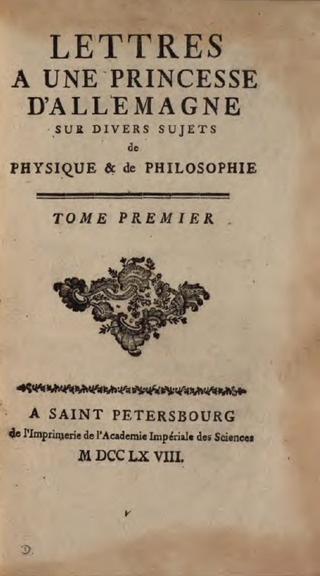This article relies largely or entirely on a single source .(January 2024) |
Dominic Schram, sometimes spelled Schramm (24 October 1722 - 21 September 1797) was a German Benedictine theologian and canonist.
This article relies largely or entirely on a single source .(January 2024) |
Dominic Schram, sometimes spelled Schramm (24 October 1722 - 21 September 1797) was a German Benedictine theologian and canonist.
He was born at Bamberg. He took vows at Banz near Bamberg in 1743, and after being ordained priest on 18 August 1748, taught at his monastery: at first mathematics (1757), then canon law (1760), philosophy (1762) and soon after theology. In 1782 he reluctantly accepted the position of prior in the monastery of Michelsberg at Bamberg, whence he returned to Banz in 1787, where he died ten years later.
His chief works are:

Otto of Bamberg was a German missionary and papal legate who converted much of medieval Pomerania to Christianity. He was the bishop of Bamberg from 1102 until his death. He was canonized in 1189.
Paul Laymann was an Austrian Jesuit and moralist.

Diocese of Augsburg is a Latin diocese of the Catholic Church in Germany. The diocese is a suffragan of the Archdiocese of Munich.

Bad Staffelstein is a small town in the Bavarian Administrative Region of Upper Franconia in Germany. It has around 10,000 inhabitants.

Banz Abbey, now known as Banz Castle, is a former Benedictine monastery, since 1978 a part of the town of Bad Staffelstein north of Bamberg, Bavaria, southern Germany.
Giuseppe Catalani (1698-1764), also known as Catalano or Catalanus, was a Roman Catholic liturgist of the eighteenth century, a member of the Hieronymite Oratory of San Girolamo della Carità.
Bernard Jungmann was a German Catholic dogmatic theologian and ecclesiastical historian.
Herman Scholliner was a German Benedictine theologian and historian.
Dientzenhofer is the name of a family of German architects, who were among the leading builders in Bohemian and German Baroque.

Johann Dientzenhofer was a builder and architect during the Baroque period in Germany.

The Prince-Bishopric of Bamberg was an ecclesiastical State of the Holy Roman Empire. It goes back to the Roman Catholic Diocese of Bamberg established at the 1007 synod in Frankfurt, at the behest of King Henry II to further expand the spread of Christianity in the Franconian lands. The bishops obtained the status of Imperial immediacy about 1245 and ruled their estates as Prince-bishops until they were subsumed to the Electorate of Bavaria in the course of the German Mediatisation in 1802.
Francis Xavier Schmalzgrueber was a German Jesuit canonist.

Johann Georg Heinrich Feder was a German philosopher.
Leonhard Dientzenhofer was a German builder and architect from the well known Dientzenhofer family of architects.
Marian Dobmayer was a German Benedictine theologian.

Maurus von Schenkl was a German Benedictine theologian and canonist.
Johann Valentin Rathgeber was a German composer, organist and choirmaster of the Baroque Era.

Michaelsberg Abbey or Michelsberg Abbey, also St. Michael's Abbey, Bamberg is a former Benedictine monastery in Bamberg in Bavaria, Germany. After its dissolution in 1803 the buildings were used for the almshouse Vereinigtes Katharinen- und Elisabethen-Spital, which is still there as a retirement home. The former abbey church remains in use as the Michaelskirche.

Letters to a German Princess, On Different Subjects in Physics and Philosophy were a series of 234 letters written by the mathematician Leonhard Euler between 1760 and 1762 addressed to Friederike Charlotte of Brandenburg-Schwedt and her younger sister Louise.
Gertrud Schiller was a German art historian, nurse, social pedagogue and Lutheran teacher of religion. Despite not having a doctorate in art history, she wrote what remains a standard work on Christian iconography. Schiller received an honorary doctorate from the Kirchliche Hochschule Berlin in 1979.